She’ll make you coffee in the morning, and ask you if you want a crushed cardamom pod in the bottom of your cup. Yes, you do. She’ll reach for her spices in her silver masala dabba, remove the lid and release the smells that connect your childhoods — mine in Suva, and hers in the bay of Auckland with her Suva-bred, Indo-Fijian parents. You’ll sit in your nighties, clutching the ceramic mugs and talk. And talk and talk and talk. Until the stress of missing out on the goods of the growers in the market happening just a few steps out the front door becomes unbearable. There are purple beans and yellow beans, and yes, green ones, too. There are tomatoes and cherries and peaches and apricots. It’s summer, July actually. Courgettes — green, yellow, long and patty pan. You’ll tell the lady the courgettes are for a tart, the tomatoes for eating today. When asked , you’ll say when it comes to lettuce, you prioritise croquante over sucre, although that’s a tough call to make.
Back at home, she’ll appear with a picnic basket and begin filling it — a mix of fresh Limoges market delights from the morning that was and preserved Toulouse market goods that arrived with me in my suitcase. It will be by the Vienne river, on long, lush green grass that we’ll sit. It’s a hot, still summer’s day and just watching the flowing water gives respite.
The day has reached 7pm by the time you’re home, although you won’t be so aware of the time, more aware that you’re both tired, so you’ll nap. You’ll wake to make pastry for a galette, wrapping up the ball of butter and flour and leaving it in the fridge, then decide what you really want for dinner is a green salad, with thin slices of fennel through it, and a bit of cheese — chèvre frais and tomme de chèvre from your morning at the market. And the rest of the duck pâté left over from the picnic, this time with cornichon. You’ll attempt to put a movie on, A Bigger Splash, but the television won’t cooperate, so Leonard Cohen’s Songs From a Room vinyl spins away instead. You’ll watch the film in the morning.
There’ll be a moment perched at the oyster bar in the market, pearls of water appearing around the steel bowl as the ice melts in the July heat. There’ll be a moment at a bistro, a place that seems to be a watering hole for the town — there are workers who arrive in their boots and fluorescent vests, sitting down to their midday three courses; there’s a well-dressed elderly couple in the corner; there’s us. A serve-yourself salad bar is the entrée, a hot plate of veal and beans the main, dessert a crème brûlée, though one can opt for a moment with the cheese plate that’s getting passed around the room. We rush to the train station, walking by the news stand that’s covered in Jane Birkin’s face — she passed just a few days ago.
As you pull out of Limoges, you’ll scribble down in your red notebook everything you talked about, grasping to remember names of people, names of places, ideas and dreams. Halfway through you have the thought that this should be done on a keyboard, in a Word Document, something that’s faster to produce, easier to share with her. But a red leather bound notebook with thick cream paper is such a pleasure against your palms as you scribble away with your pencil. So on with the scribbling.
She is Shana Chandra — a writer living in Limoges, France, finishing her first novel, Banjara, which will be published with Moa Press next year, whilst also contributing to publications like JANE. It had been years earlier that we’d connected whilst writing for the same publication in Australia. We realised the Fiji connection and, well, here we are.
I photographed Shana, and her home, during a summer weekend in Limoges. A home full of pieces and treasures all telling the story of the life she has lived, the life she is living. Perhaps I was so moved by her home because that’s what home in many ways has been for me, a place of objects — art, rugs, textiles, collected shells, collected pots, books — that each tell a story of where you’ve been, and perhaps where you’re going.
THE STORIES IN YOUR HOME
Shana writes on five of these, sharing what they mean to her.
Mood Board
While living in this apartment, I was researching a lot about my Girmitiya, Indo-Fijian ancestors, writing a novel, Banjara, based on their indenture. There was a spare wall in our house and so I started putting up collages and pictures of the colonial history of India of that time, and of the coolie lines in Fiji. It became a kind of emotional landscape that I wanted to encapsulate with my words.
There’s one photo of a nomadic Indian woman on there that I love. She’s kind of pissed off at the person taking the photo—annoyed at the intrusion—and so is giving the photographer this withering stare. This became the exact point of view of my character, to the encroaching colonialism that starts to subsume her.
While creating it, the mood board also became a kind of manifestation board, related to the novel I am writing, so at first I was hesitant to share any images of it, in case it lost its power. Around these images though, were also tokens from my life in France. A postcard from Hotel Amour in Paris where we often stay, a calligraphed note from Officine Universelle Buly 1803, and a chocolate wrapper from Cosmic Dealer, who do these amazing nut butter squares dipped in raw dark chocolate. They slipped some of their chocolate into my parcel when I bought a copper tongue scraper from them, one I bought because it has tiny fan shells at each end.
Shells
I’ve always been drawn to treasures of the ocean. As a child, I had severe asthma and wouldn’t go into the water much, so instead I’d trawl the sand. But actually two shells have become very important to me in my adult life and they travel with me to whatever country I find a home in. One is from Fiji which my grandfather had picked and brought with him to Australia, where he lived for most of his life. I came across it in my Kaka and Kaki’s garden on Sydney’s North Shore. I didn’t know of the shell’s origins but was immediately drawn to it, and when I asked my Kaki if I could have it, she told me how my grandfather had carefully bought it from the islands with him. The shell features in my writings too. There’s a moment when my character who’s pregnant, picks up a shell just like this one from the shore, and she recognises the brown marks on the shell and the stretch marks on her belly to be one and the same.
It’s weird, sometimes things from real life make it into what I write, and sometimes what I write makes it into real life. My pregnant character is also told by her midwife to blow into a conch shell, to make her passages ready for birth. After writing this bit (I was in Aotearoa at the time) I walked from Milford to Takapuna beach. It’s a walk I often do, because it has this wonderous view of Rangitoto island, and is special to me, as it was close to Rangitoto’s shores where we scattered my Dad’s ashes into the sea. The beach isn’t known for its shells, they’re mostly broken after being smashed on the black volcanic rocks. Occasionally you can find a fan shell, but after writing this piece, there was a perfectly intact conch shell just lying on the shore, with waves gently lapping it. I felt like it was a sign from Dad, telling me I had written good.
Rosebud Jacket
There’s a vintage shop in a village near where I live, that’s always filled with treasures. Usually, I go there to collect these tiny calendar books, that tell you which saint is related to each day of the year. Some of these books go as far back as 1896 and are so beautiful to me. In one I pressed the first four-leaf clover I found here in Limoges, in a Japanese garden that has a tea house overlooking a pond filled with carp. But in this shop, they only have one rack of clothing. And each time I go there, I find garments
that seem to be made for me. A leather belted trench, a black cotton jacket with the initials CR embroidered in red on the inside collar (I pretend it was a young Carine Roitfeld’s) and this beautiful cropped jacket with rosebuds embroidered on it. I call it my Citizen Kane jacket.
Masala Dabba
This is a thali-like spice rack that every South Asian cook has in their arsenal. Traditionally girls were given it by their mothers when they came of age, but I think I asked my mum for one when I was in my thirties and had just started getting into cooking. Mum has six sisters and it reminds me so much of them as soon as I open the lid, not only because the smell of the spices are so evocative of their dishes but because each spice has a different personality just like they do. I can hear each of my mum’s sisters laughing as soon as I open it.
Records
I only started record collecting when I moved to Limoges because here you can still find first editions at brocantes and vide-greniers for a pretty good price. At the local cash converters, I once found a whole collection of Lou Reeds for three euros each, which I greedily swiped. There was a Leonard Cohen that I only bought once I’d been to Hydra, and I love buying records as souvenirs for the gigs I’ve been to, too. But my favourite purchase was the Jane Birkin record that was staring at me, as soon as I walked down to the marche au puces the day that she died. I tried to tell the vendor in my broken French she had just passed, and after I left I could see him searching for others in his collection to capitalise! But Limoges is also where Serge Gainsbourg came to as a young boy during WWII—his sisters were given keys to their school courtyard by local nuns in case they needed to hide. I love the fact I can walk pavements here that he may have walked too, and though I know you can do this in Paris, here there are far fewer people, so my footsteps feel closer to his.
Follow Shana and her work here: shanachandra.com or via her Instagram @shanachandra





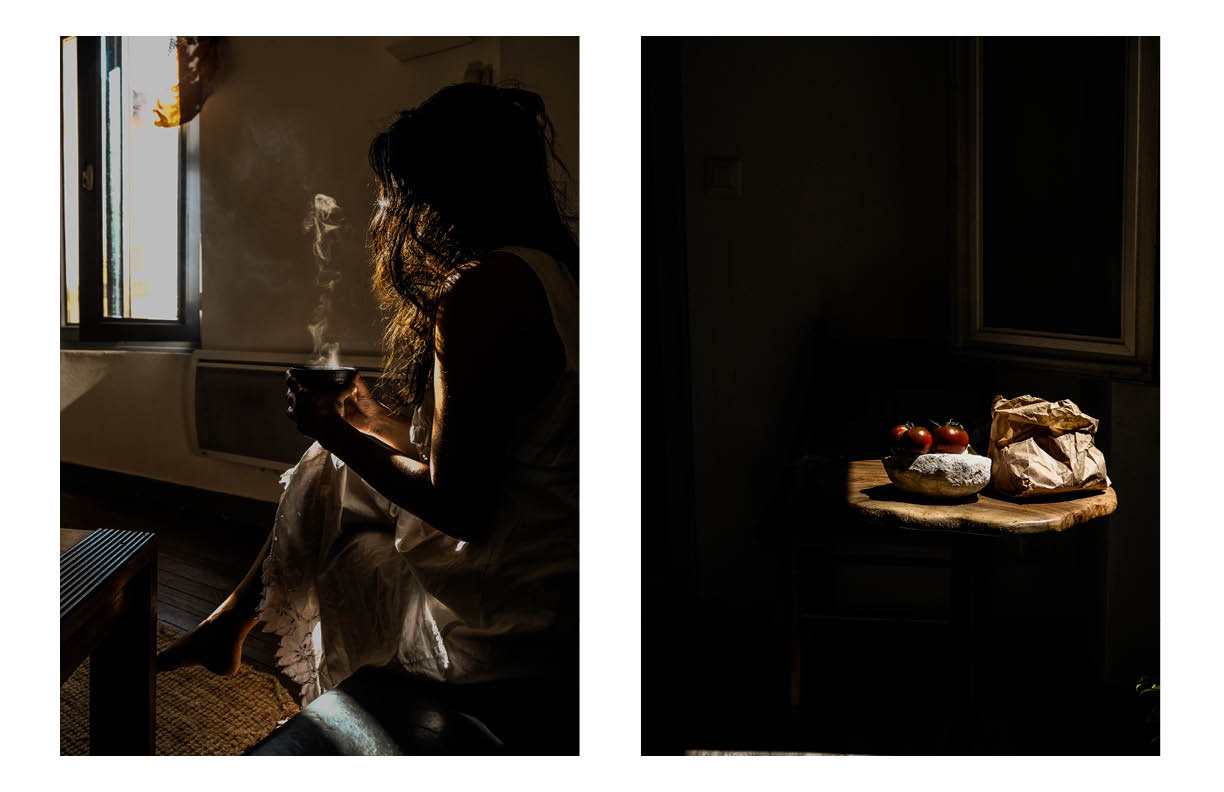
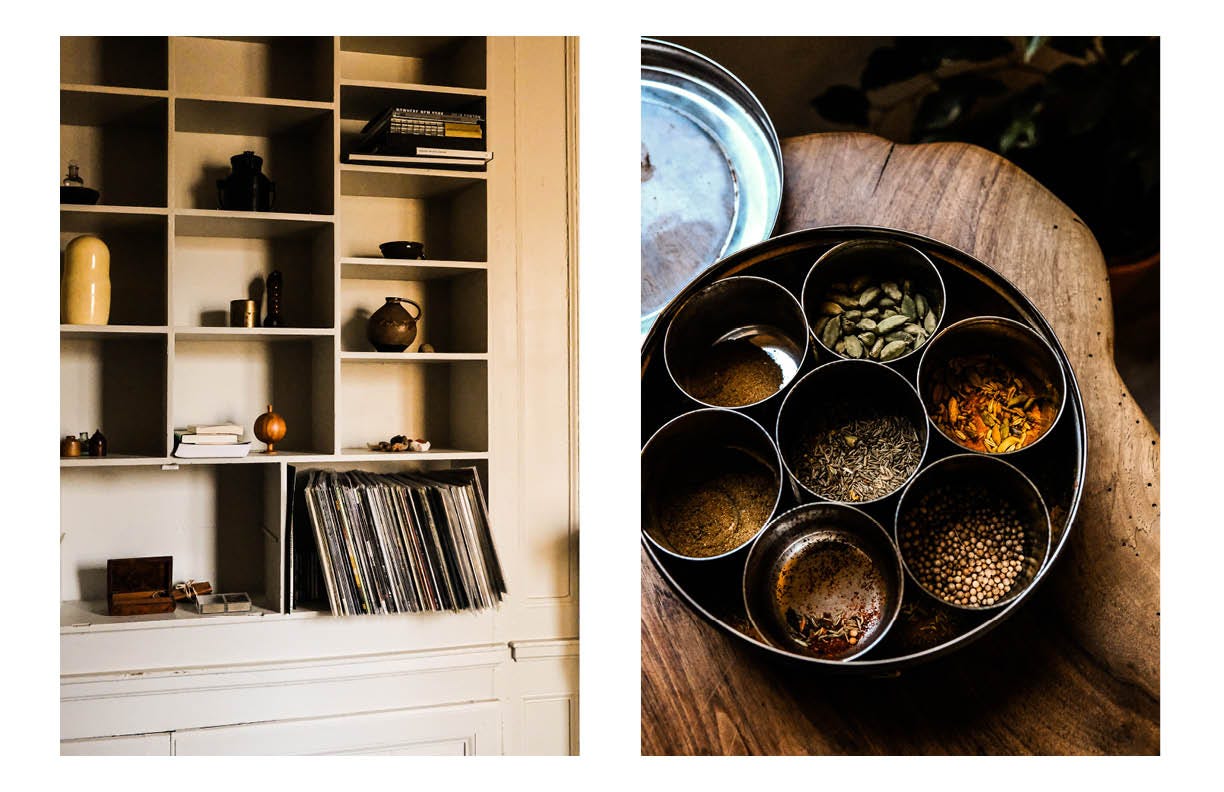
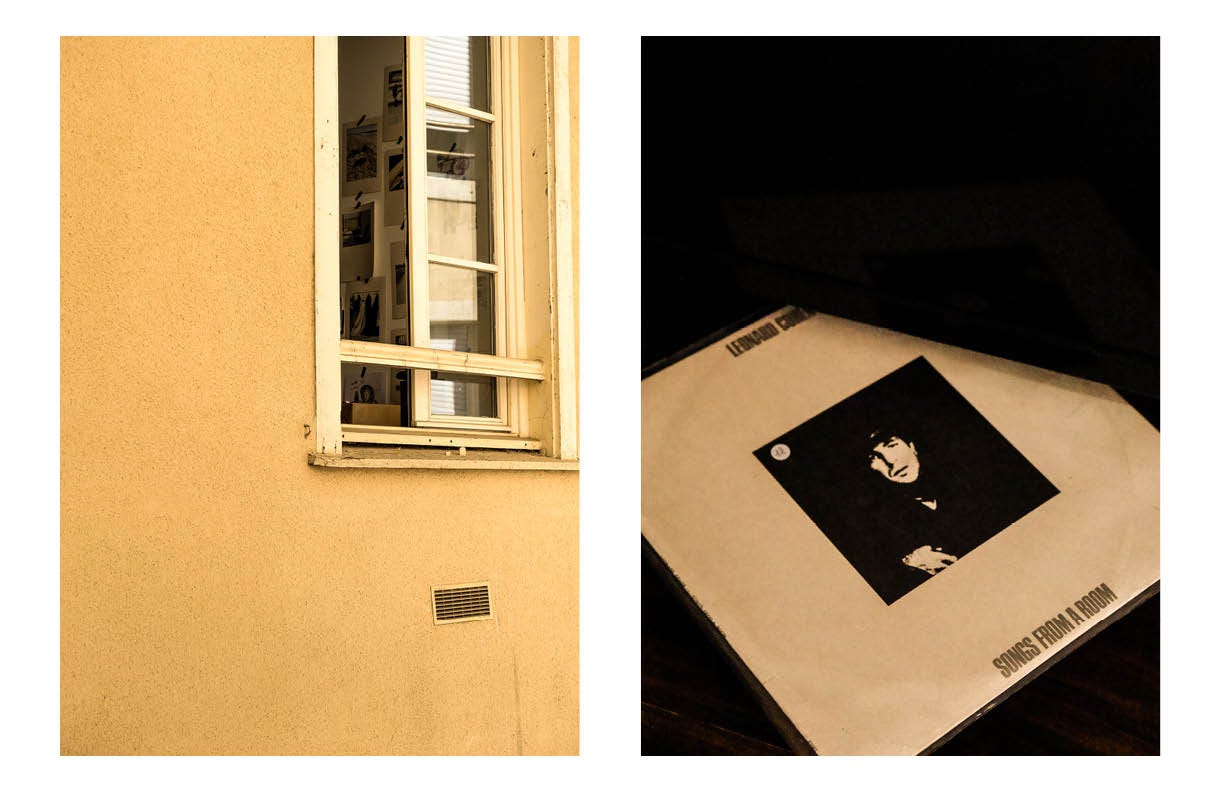

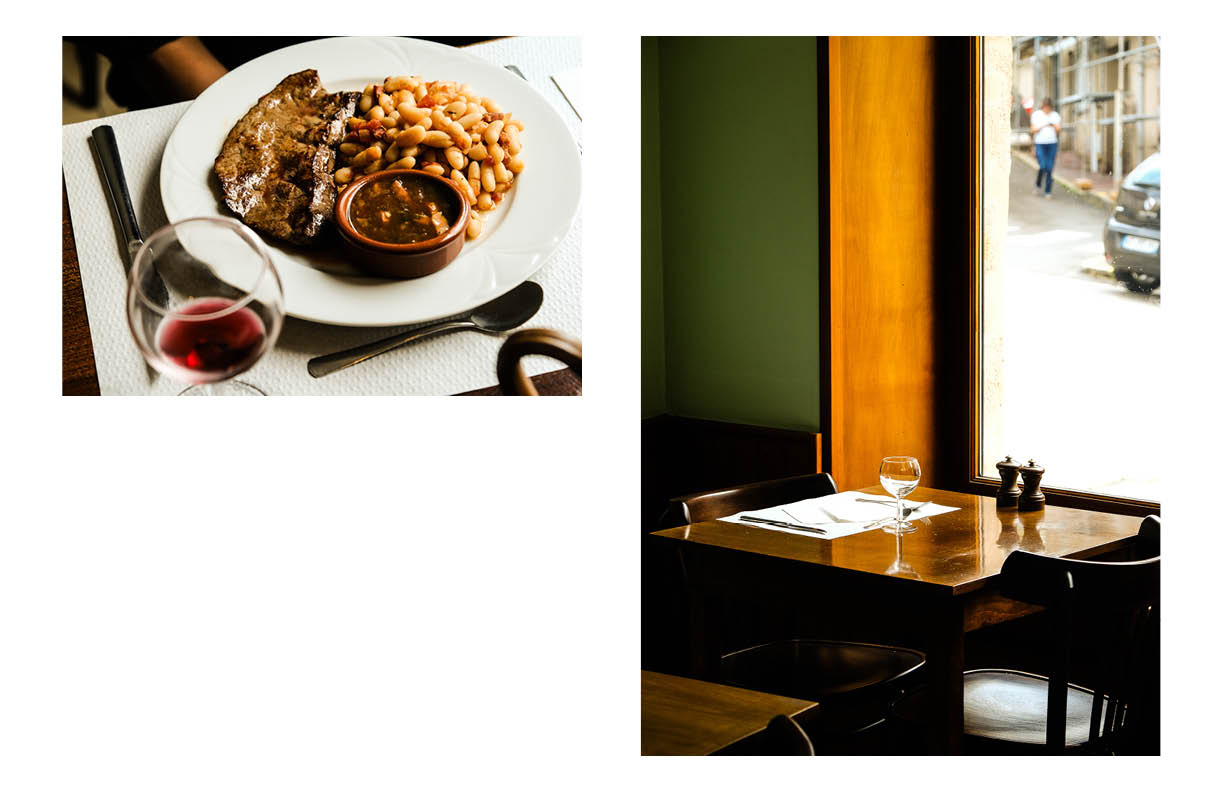


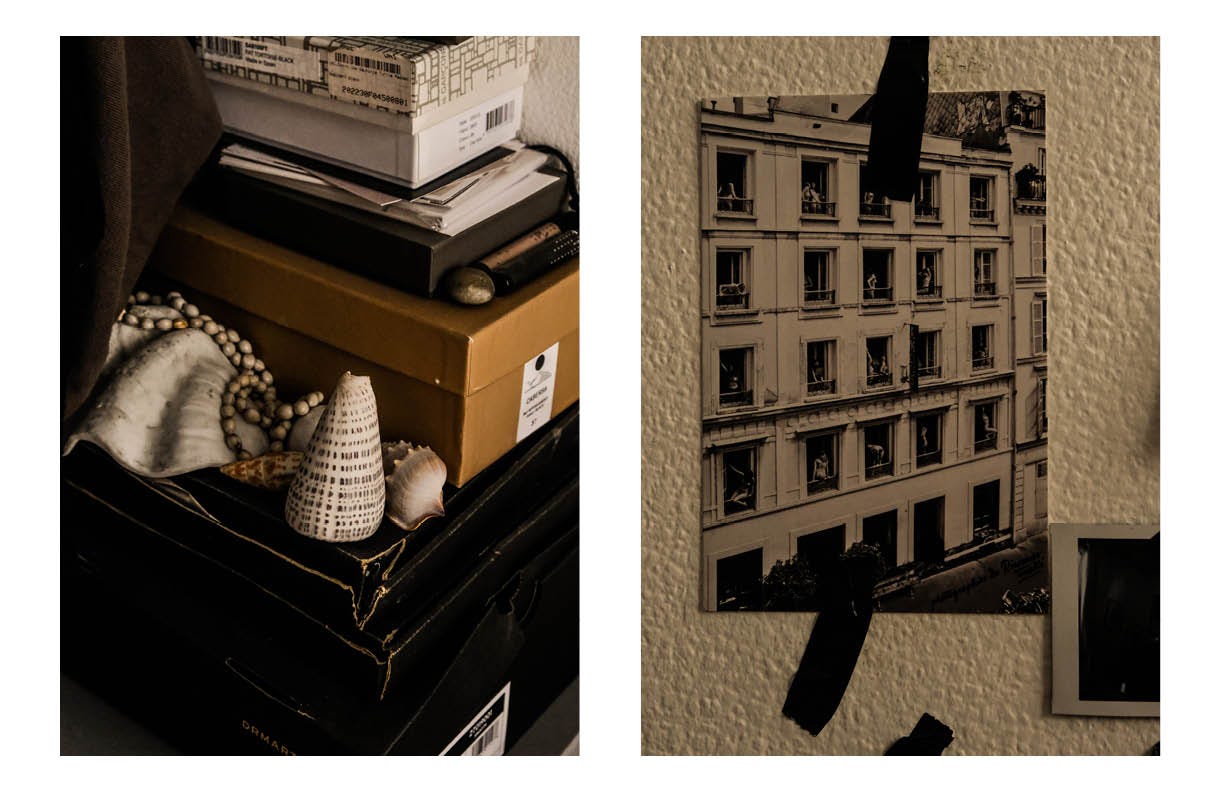
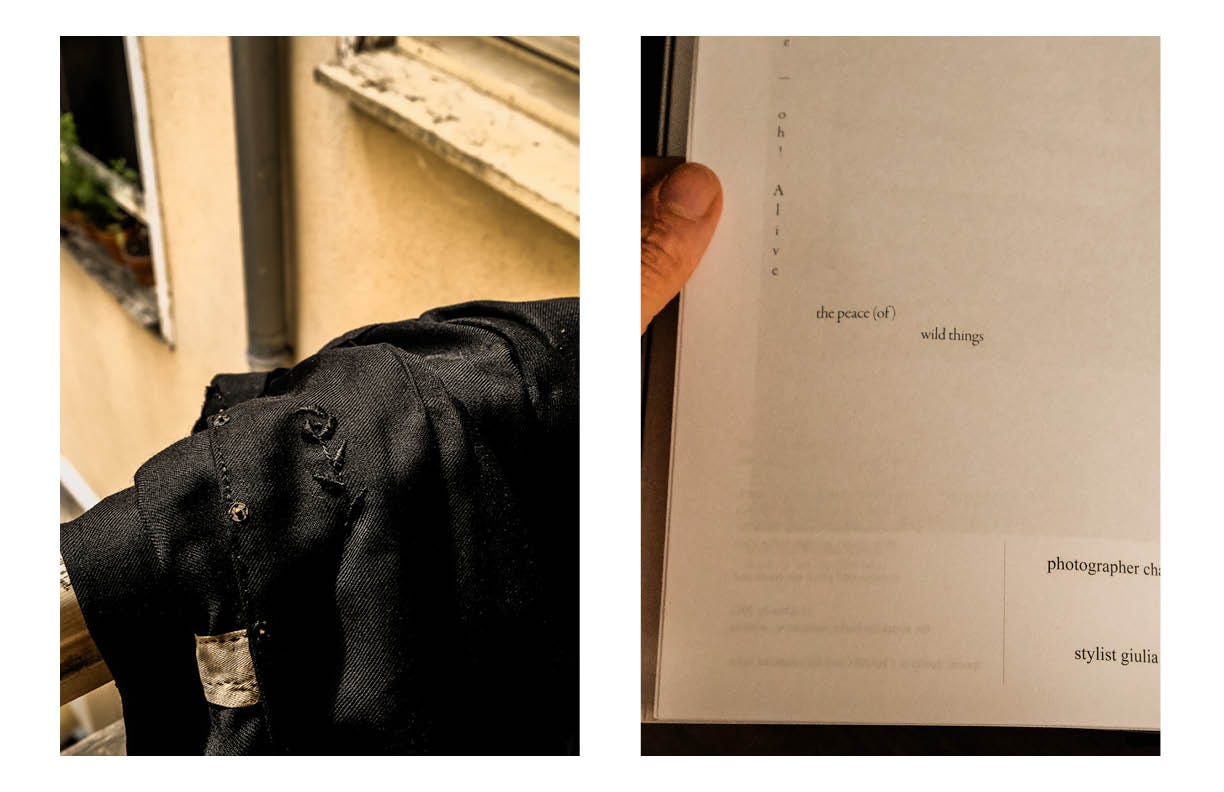
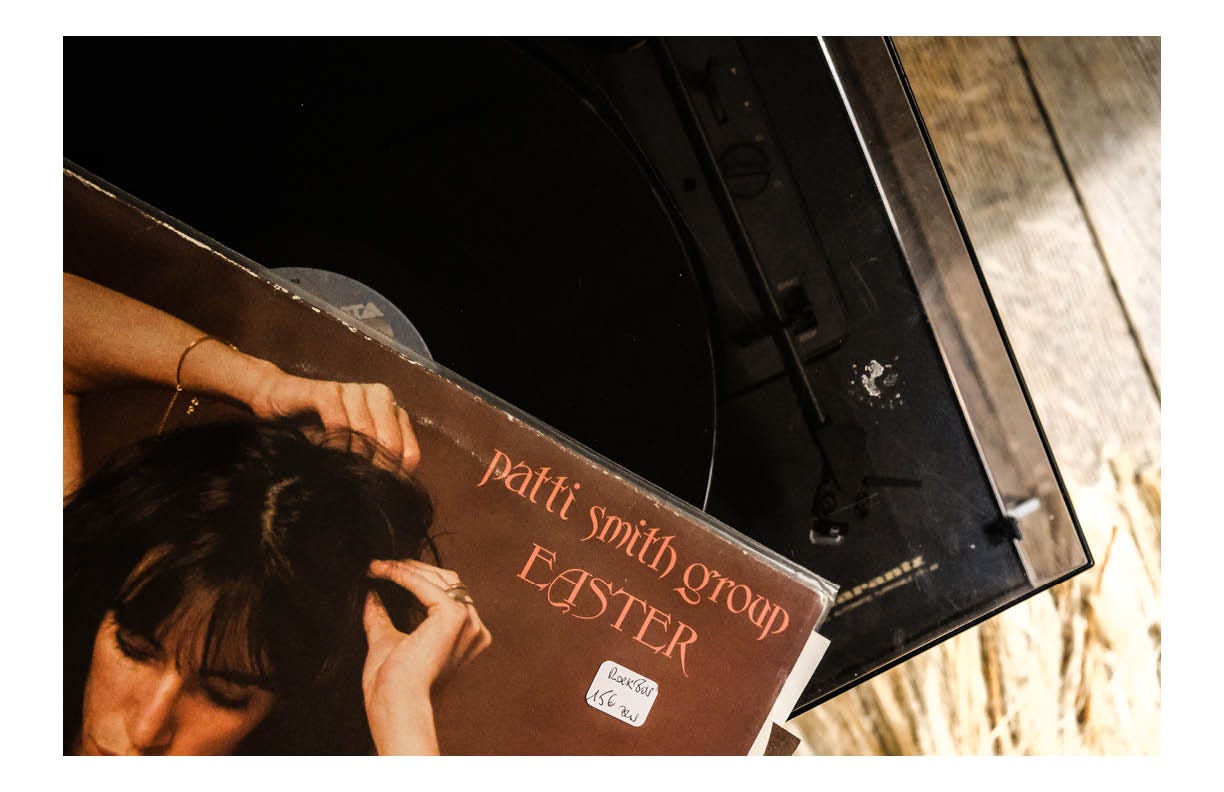
Loved reading this! Gorgeous Shana, what a treasure.
This was an absolutely lovely read, had me dreaming of summer days, time with friends, fresh tomatoes and an abundance of vegetables at the market. And of course about Shana’s novel. Thank you for sharing your trip to Limoges.